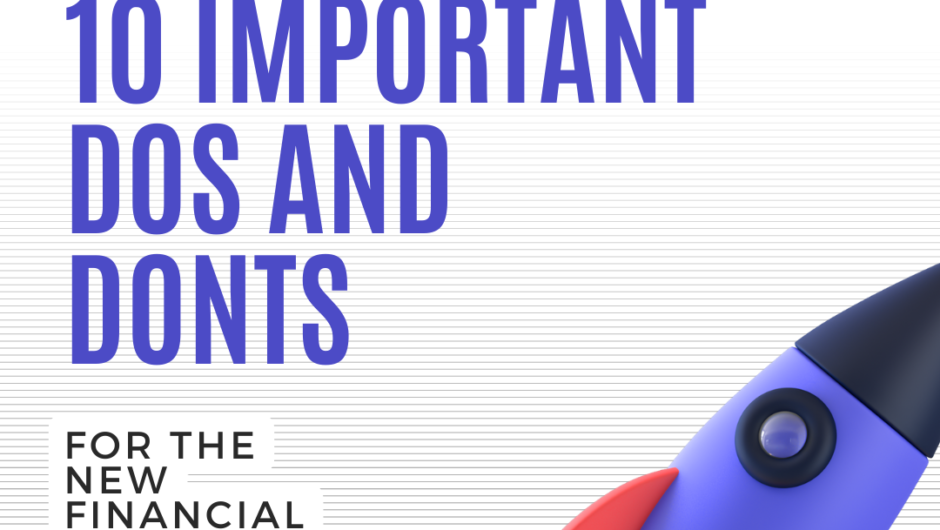Playing the stock market is similar to gambling. You risk your money against events with uncertain outcomes. Unlike sweating the result of a coin flip or the roll of a die, with stocks, you have far more information available to aid your speculation. There are trading histories that can be analyzed to help predict future performance. This data can be plotted on a graph, giving you a visual of the latest trends.
Then there are the companies themselves. You can learn when they were founded, what they do, and check out profits and losses. Reading the financial news can provide information on the coming and going of executive officers, mergers, acquisitions, and any setbacks the company may have experienced.
While it is a lot to keep track of, there are tools that can help organize and put your data to use.
Filter the Information
The ability to filter out the information you don’t need and have all the pertinent data together can make things much easier. This is the purpose of a stock screener. It’s a very popular tool with day traders, who usually don’t have the same amount of time as people who trade for their careers. There are thousands of stocks trading daily on the world’s markets. A stock screener can filter down those thousands to just the stocks that fit into your parameters. This greatly reduces the amount of research necessary.
Using Your Stock Screener Effectively
A stock screener is just a tool, albeit a useful one. It’s only going to work as well as you do. There are three basics that will help you get the most out of your screener.
1. Set It Up
When you download and install a stock screening program. you will be asked a series of questions similar to these:
- Do you want to see stocks that are at their all-time highest price, or stocks that are at a low point?
- Is there a particular industry you are interested in?
- What range of price-to-earnings ratio (P/E) do you prefer?
Answering these questions will let the screener know which stocks to include in your display.
2. Use a Predefined Screen
It can be overwhelming trying to figure out all of the criteria you need to set up the right screen for you. Fortunately, you can download predefined sets of parameters. Search for and choose the one that will work for the types of stocks you wish to monitor then use it to set up your screen.
3. Research
The stock screener will funnel down all those stocks into the ones you really want to watch, but you still have to do your research. Keep track of the companies whose stocks you own or are considering buying. Follow their websites and any stories about them in the financial sections of newspapers. It’s also a good idea to track the industry to see what the competition is doing.
Dealing with all of the stocks that trade globally can be daunting. Using a stock screener effectively will filter all that data down to just the stocks you want to monitor. It’s a useful tool for the day trader.

Hey, this is Johny Sehgal. I am the owner and caretaker at Finance Jungle. I completed my education in BSC and now heading towards the digital marketing industry. I usually have interests in reading, playing games and watching movies. I also love to write content based on quality information. The main motive of mine is to provide the top and best quality information to my readers. Finance Jungle is the blog for the same.













